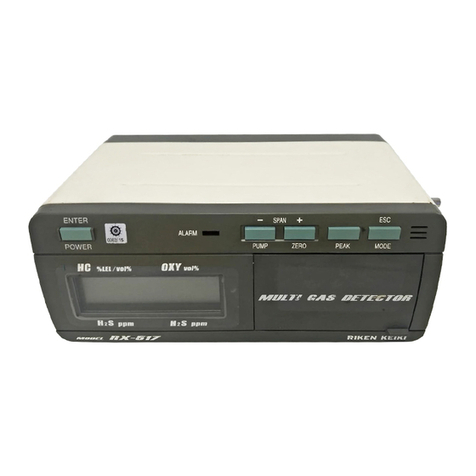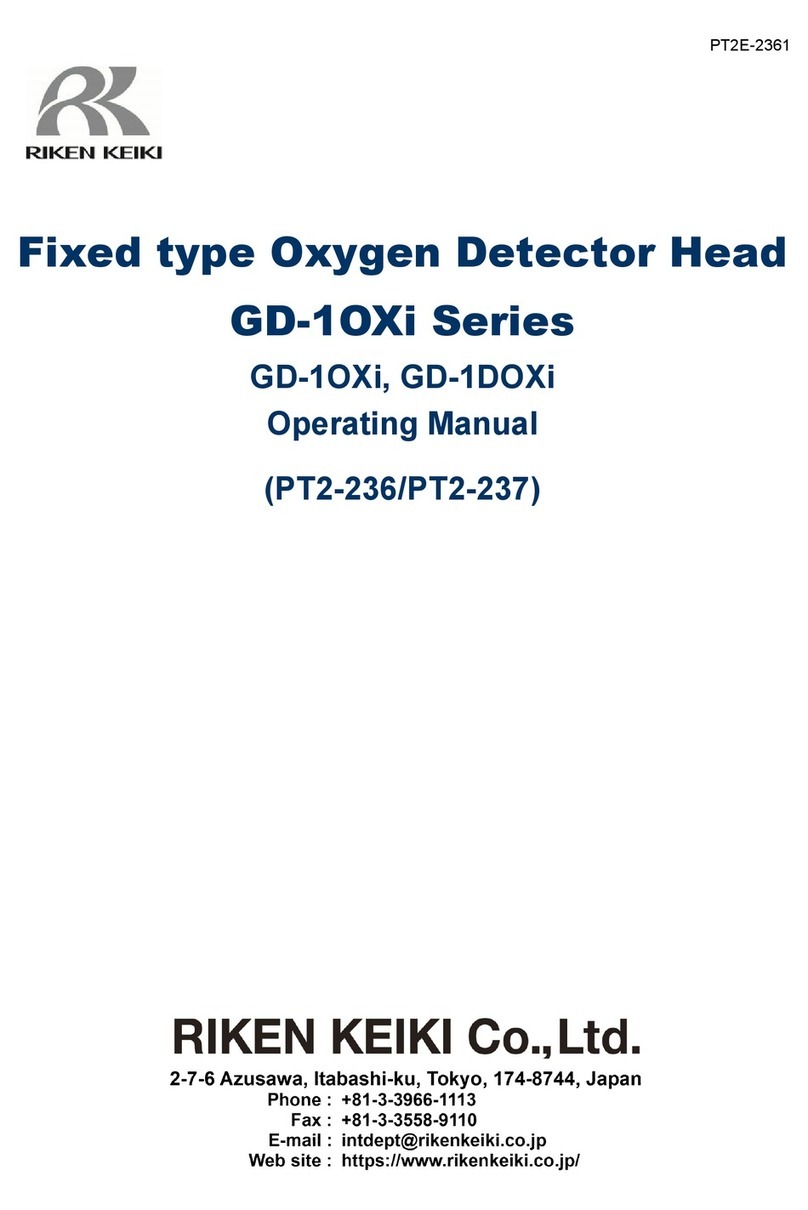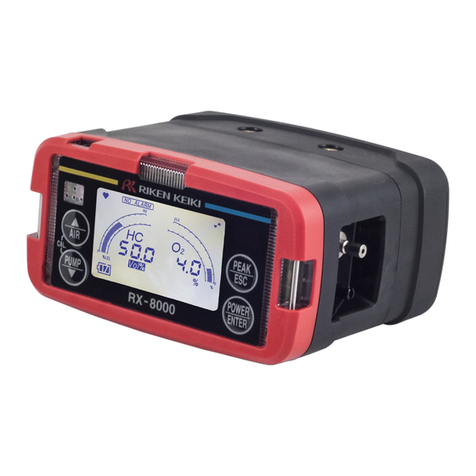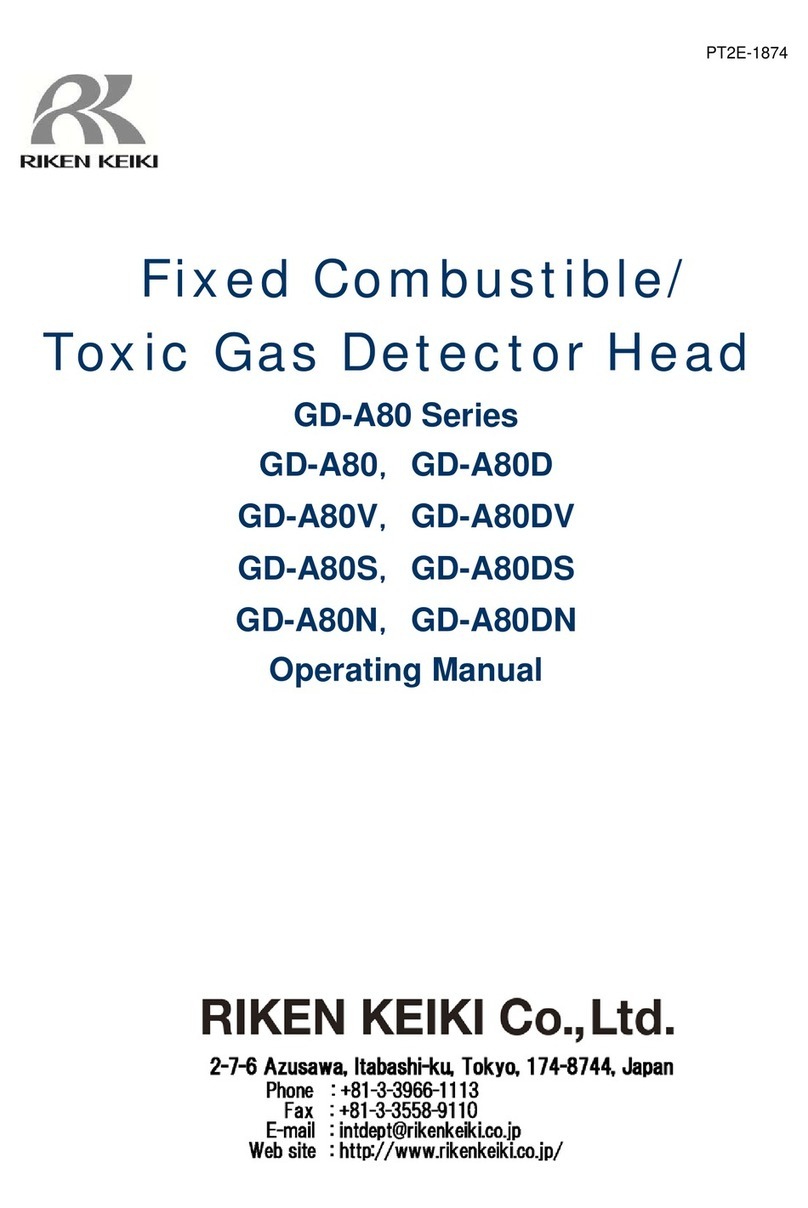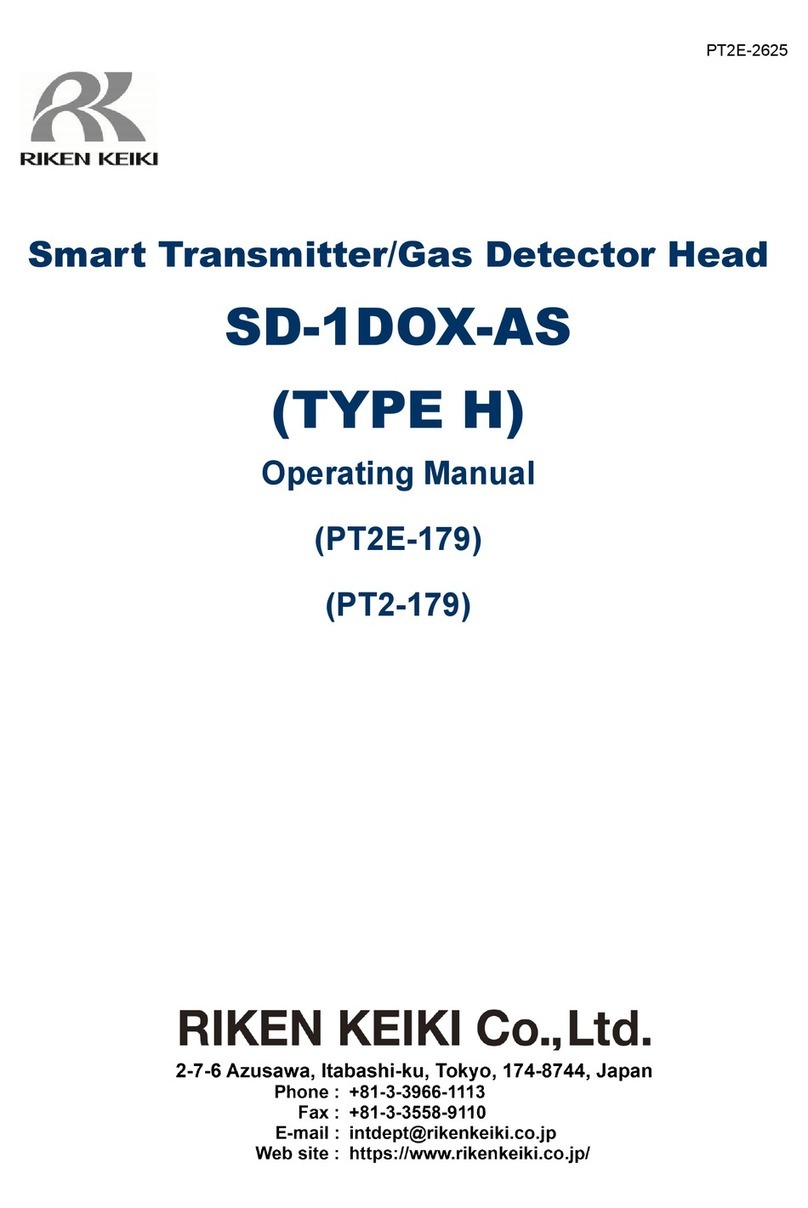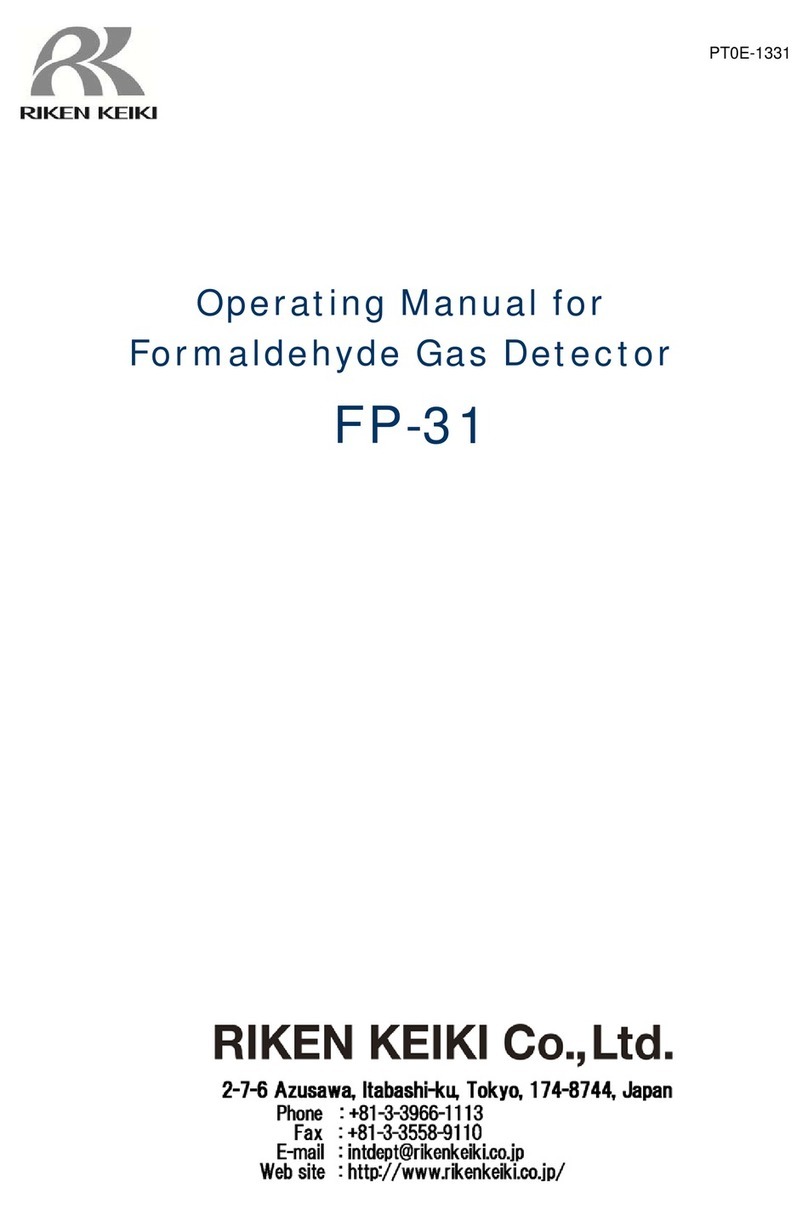
- 3 -
<Contents>
1. Outline of the Product...................................................................................................................... 4
1-1. Preface.................................................................................................................................. 4
1-2. Purpose of use...................................................................................................................... 4
1-3. Definition of DANGER, WARNING, CAUTION, and NOTE.................................................. 4
1-4. Method of confirmation for standards and explosion proof specification.............................. 5
2. Important Notices on Safety............................................................................................................ 6
2-1. Danger cases........................................................................................................................ 6
2-2. Warning cases ...................................................................................................................... 7
2-3. Precautions ........................................................................................................................... 8
2-4. Safety information................................................................................................................. 9
3. Product Components..................................................................................................................... 11
3-1. Main unit and standard accessories ................................................................................... 11
3-2. Names and functions for each part..................................................................................... 13
3-3. Block diagram ..................................................................................................................... 17
4. How to Use.................................................................................................................................... 19
4-1. Before using the gas detector............................................................................................. 19
4-2. Precautions for installation sites ......................................................................................... 19
4-3. Precautions for system designing....................................................................................... 20
4-4. How to install....................................................................................................................... 22
4-5. How to wire ......................................................................................................................... 23
4-6. How to tube......................................................................................................................... 30
5. How to Operate ............................................................................................................................. 31
5-1. Preparation for start-up....................................................................................................... 31
5-2. Basic operating procedures ................................................................................................ 31
5-3. How to start the gas detector head..................................................................................... 32
5-4. Modes ................................................................................................................................. 33
5-5. Maintenance mode (User mode) ........................................................................................35
5-6. How to exit .......................................................................................................................... 38
6. Operations and Functions ............................................................................................................. 39
6-1. Gas alarm activation ........................................................................................................... 39
6-2. Fault alarm activation.......................................................................................................... 40
6-3. Low flow rate abnormalities ................................................................................................ 40
6-4. External output operation.................................................................................................... 41
6-5. Other functions.................................................................................................................... 43
7. Maintenance.................................................................................................................................. 44
7-1. Maintenance intervals and items ........................................................................................ 44
7-2. Maintenance node (Regular maintenance mode) .............................................................. 46
7-3. Gas calibration Method....................................................................................................... 54
7-4. How to maintain flow sensor............................................................................................... 60
7-5. Parts replacement............................................................................................................... 61
8. Storage, Relocation and Disposal................................................................................................. 62
8-1. Procedures to store the gas detector or leave it for a long time......................................... 62
8-2. Procedures to relocate the detector or use it again............................................................ 62
8-3. Disposal of products ........................................................................................................... 62
9. Troubleshooting............................................................................................................................. 63
10. Product Specifications................................................................................................................. 65
10-1. List of specifications.......................................................................................................... 65
10-2. Detection principle ............................................................................................................ 69
11. Definition of Terms....................................................................................................................... 71
